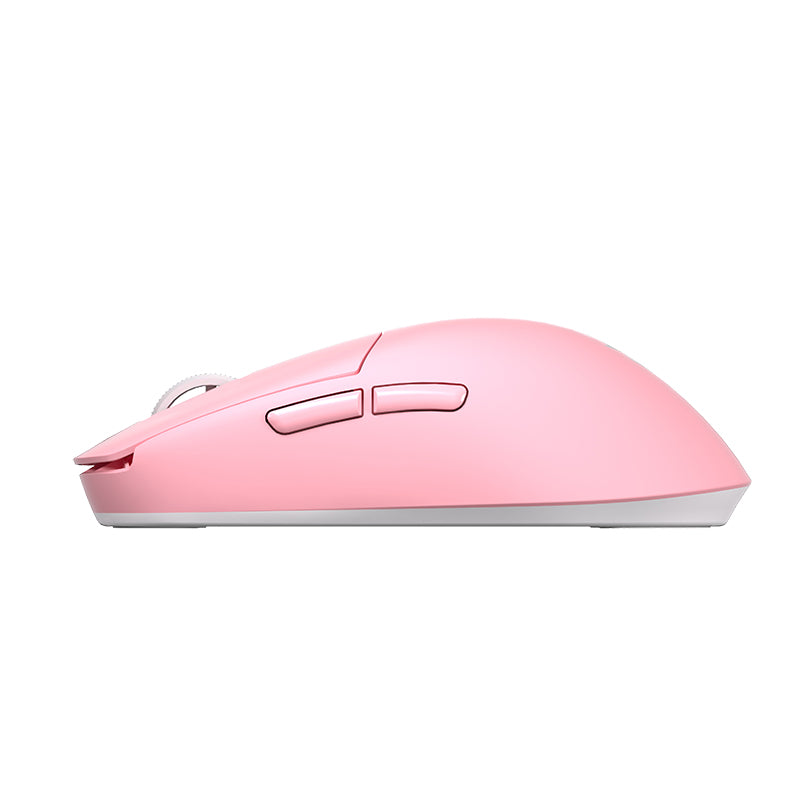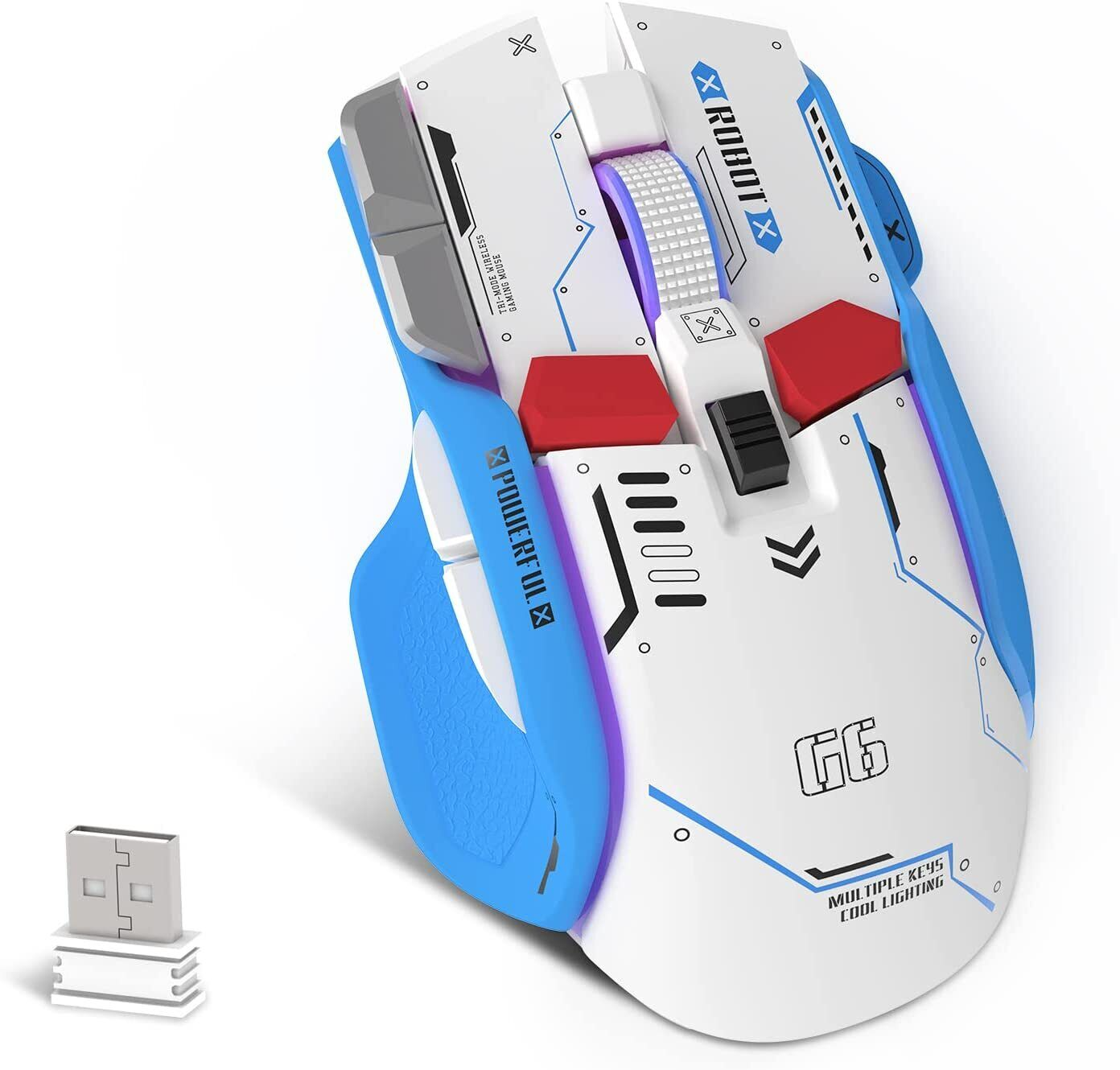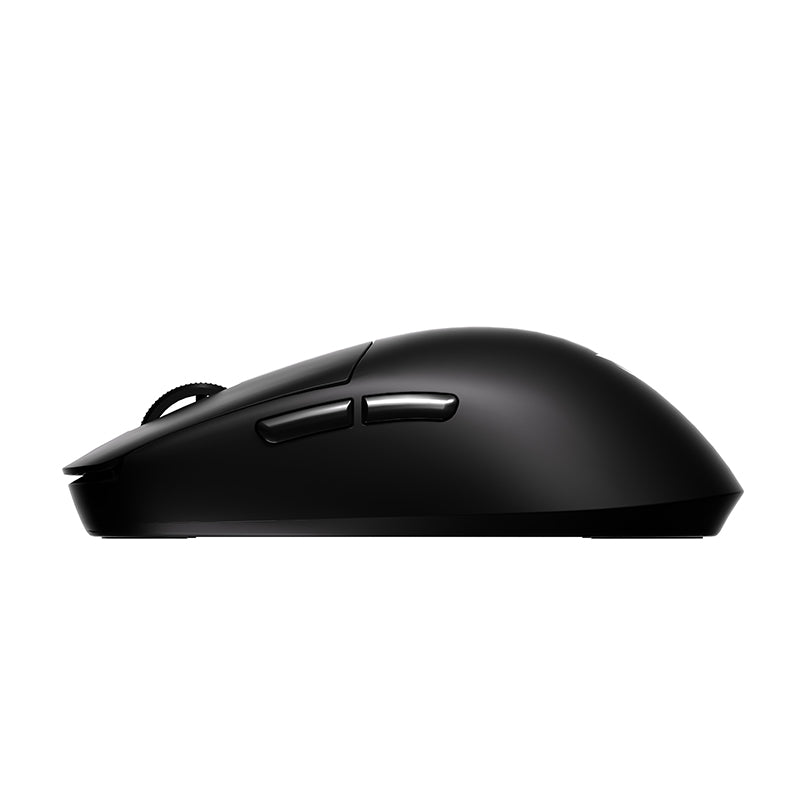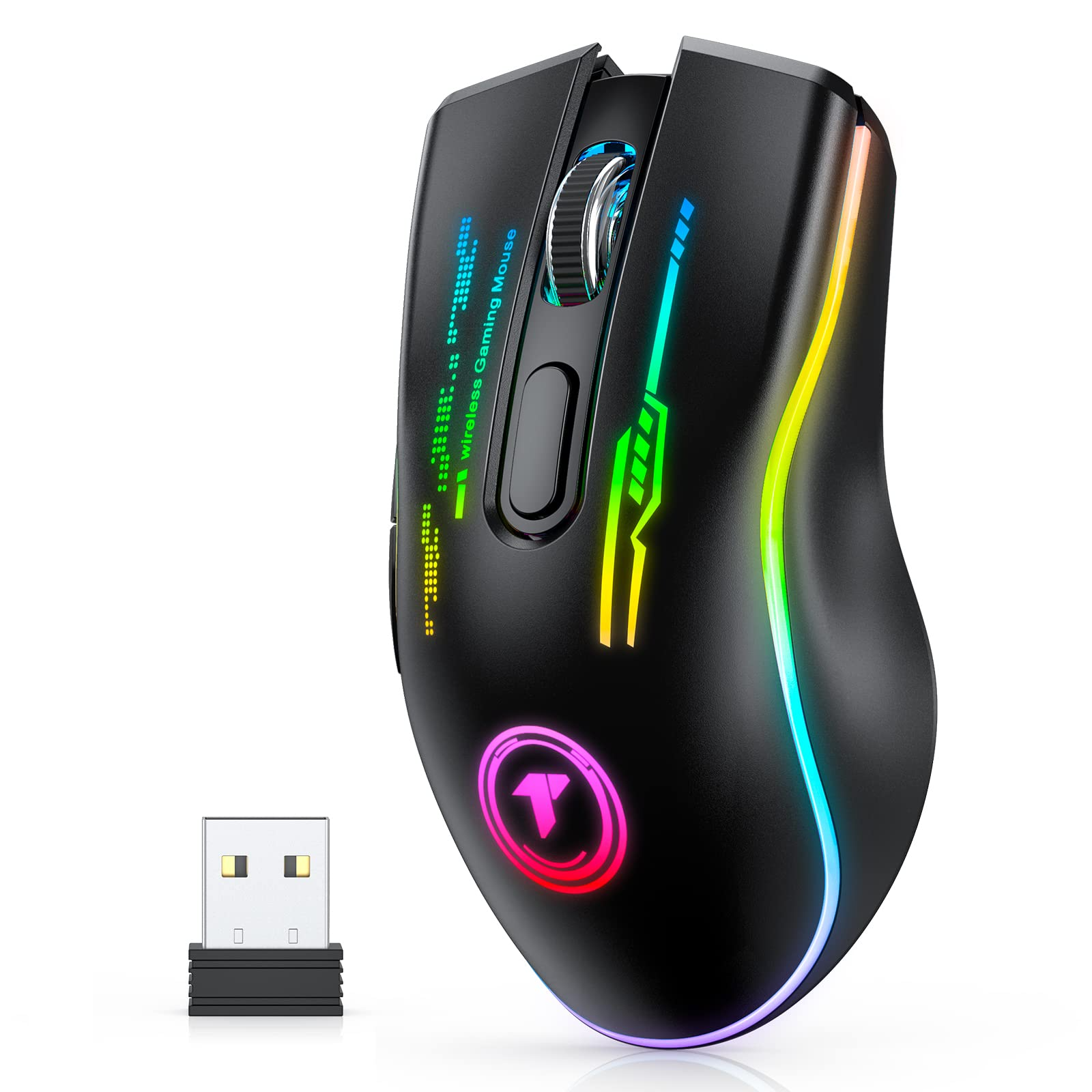A New Era of Wireless Connectivity
In the realm of competitive gaming, where milliseconds can mean the difference between victory and defeat, wireless gaming mice have long been met with skepticism. Historically, wired peripherals were favored for their perceived reliability and minimal input lag. However, recent technological advancements have propelled wireless gaming mice into the spotlight, challenging traditional notions and offering gamers a freedom of movement without compromising performance.
Breaking the Lag Barrier
One of the primary concerns with wireless gaming mice was latency—any delay between the mouse movement and the on-screen response could spell disaster. Modern wireless gaming mice, however, utilize advanced technologies such as Bluetooth Low Energy (BLE), proprietary wireless protocols, and even Wi-Fi to ensure transmission speeds that rival, if not exceed, those of wired alternatives. With latency rates as low as 1 millisecond, gamers can now enjoy seamless gameplay, unencumbered by cords.
Latency Reduction Techniques
- Advanced Wireless Protocols: Companies like Logitech and Razer have developed their own wireless technologies, like Lightspeed and HyperSpeed, designed to minimize latency and increase signal stability.
- Polling Rates: High polling rates (up to 1000Hz) ensure the mouse position is updated frequently, reducing any perceivable delay.
Power Efficiency and Battery Life
Gaming sessions can stretch for hours, demanding a power source that won’t quit mid-game. To address this, manufacturers have implemented various power-saving measures without sacrificing performance. Lithium-ion batteries, smart sleep modes, and energy-efficient sensors all contribute to extended battery life, with some models boasting upwards of 100 hours on a single charge.
Battery Saving Features
- On-Demand DPI Switching: Lower DPI settings consume less power; allowing users to toggle between profiles for power conservation during less intensive tasks.
- Rechargeable and Replaceable Batteries: Many high-end wireless mice offer quick-charging capabilities, with some even supporting wireless charging pads for uninterrupted gameplay.
Precision and Customization
Wireless gaming mice aren’t just about untethered convenience; they’re also packed with features that cater to the needs of serious gamers. High DPI ranges, customizable buttons, and weight tuning systems provide the same level of personalization and precision control found in their wired counterparts.
Precision Tracking
- Optical and Laser Sensors: State-of-the-art sensors offer pinpoint accuracy, with DPIs ranging from hundreds to tens of thousands, allowing for fine-tuning to individual preferences and game requirements.
- Surface Calibration: Advanced mice can adapt to different surfaces, ensuring optimal tracking performance regardless of the desk or mousepad used.
Customization Galore
- Programmable Buttons: Macros and custom button assignments can be tailored for specific games or tasks, enhancing efficiency and reaction times.
- RGB Lighting: More than just aesthetics, RGB lighting can serve as visual cues for DPI settings, profiles, or even health indicators in supported games.
Ergonomics and Design
In the pursuit of ultimate gaming performance, ergonomics and design play a pivotal role alongside technical specifications. Wireless gaming mice not only need to deliver on speed, accuracy, and customization but also ensure comfort and usability over extended periods. This section delves deeper into how these aspects are meticulously crafted into wireless gaming mice, catering to diverse gamer needs.
Understanding Ergonomics: Comfort Meets Efficiency
Ergonomics in gaming mice refers to the design elements that enhance user comfort, minimize strain, and promote natural hand positioning. This is particularly crucial for gamers who often engage in marathon gaming sessions, where even minor discomfort can escalate into long-term injuries like repetitive strain injuries (RSIs).
Shaping the Future
Wireless gaming mice are available in three main shapes: palm, claw, and fingertip grip designs. Each shape caters to different hand sizes and playing styles:
- Palm Grip: Suitable for larger hands, these mice fully support the palm, encouraging a relaxed posture that reduces strain on the wrist.
- Claw Grip: Characterized by a raised arch in the hand, claw grip mice favor quicker movements and are popular among FPS gamers for their agility.
- Fingertip Grip: Lightweight and compact, fingertip grip mice prioritize agility and are ideal for gamers with smaller hands or those requiring rapid, short-distance movements.
Textures and Materials
The choice of materials and surface textures significantly impacts the mouse’s grip and overall feel. Rubberized sides, textured thumb rests, and sweat-resistant coatings are common features in premium wireless mice, ensuring a secure hold even during intense gaming marathons.
Tailoring to Diversity: Ambidextrous and Adjustable Designs
Gaming knows no handedness, and neither should gaming gear. Leading manufacturers are increasingly adopting ambidextrous designs that cater equally to left- and right-handed gamers. These mice typically feature symmetrical shapes and interchangeable or dual-sided thumb buttons, ensuring versatility without compromising functionality.
Adjusting to Perfection
Adjustability goes beyond handedness to include weight and balance tuning. Many high-end wireless mice offer interchangeable weights, allowing users to customize the heft to their liking. This personalization not only influences comfort but also affects the mouse’s maneuverability and control, critical for precision gaming.
Aesthetics and Personal Expression: The RGB Factor
While not strictly ergonomic, the inclusion of customizable RGB lighting has become synonymous with modern gaming mice. Beyond adding a touch of visual flair, RGB lighting can serve functional purposes, such as indicating DPI settings or syncing with in-game events. This personalization aspect fosters a sense of ownership and enhances the overall gaming atmosphere.
Accessibility and Inclusive Design
As gaming communities grow more diverse, there’s a growing emphasis on designing wireless gaming mice that are accessible to players with disabilities. Features like larger buttons, voice command compatibility, and adaptive switches demonstrate a commitment to inclusivity, ensuring that everyone can participate in the joy of gaming.
Conclusion: A Future Without Wires
The rise of wireless gaming mice has not only challenged the status quo but has redefined what’s possible in the world of gaming peripherals. With advancements in technology addressing every concern from latency to battery life, wireless mice now stand shoulder to shoulder with wired options, offering gamers the best of both worlds: the freedom of wireless and the performance demanded by competitive gaming. As technology continues to progress, we can only expect wireless gaming mice to become even more sophisticated, pushing the boundaries of what’s achievable in gameplay experiences.





